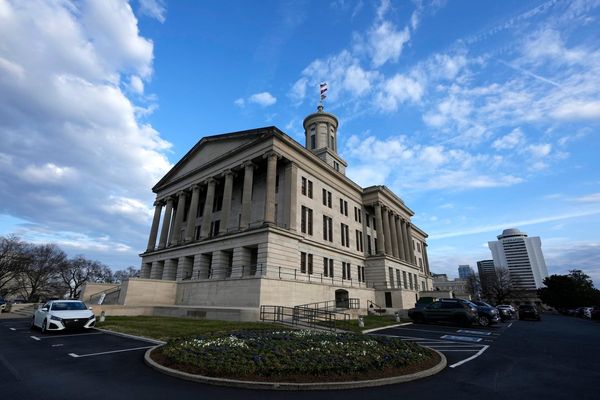Housing developers have lodged appeals against rejection of their proposals to build more than 2,000 new homes on three greenfield sites in West Lothian.
A local councillor said it was a sign of how much pressure there was on the countryside - and the speculative nature of developments.
READ MORE: West Lothian cost of living crisis sparks call for action on household bills
Highlighted in this month’s agenda of the Development Management Committee was notice of two appeals relating to a plan for a huge development on a site on 410 acres of land north of Old Clapperton Hall Cottages, East Calder. This site has been earmarked for the development of an entire community consisting of around 1,800 homes, with an additional appeal for shops and a primary school on what is currently a poultry farm and open farmland.
Plans were lodged for planning permission in principle last year.
A third appeal has been lodged over rejected plans for 300 homes at Brotherton Farm at Polbeth.
West Lothian council rejected Taylor Wimpey's plan to develop this 39 acre site of open fields in November.
Had it gone ahead it would have reduced the gap between Livingston town and the village of Polbeth to just 280ft- leaving only a narrow burn as the boundary between the two communities.
Developers have recently seen Holyrood upholding appeal on several controversial planning applications including the Sheep Field site - open farmland on the edge of Murieston in Livingston- and Sibbald’s Brae on the western edge of Bathgate.
Councillor Stuart Borrowman, who represents Armadale and Blackridge, has seen similar open countryside proposals in his ward and has argued that the council needs to make it easier for developers to want to develop brownfield sites.
Builders almost always shun brownfield sites because the costs of clearing land eat into the potential for profit.
Councillor Borrowman - a member of the Development Management Committee who sits on the council as an independent - told the Local Democracy Reporting Service: “The ideal is that the system is plan-led, allowing all interested parties to participate in deciding where new development should take place.
“However, there has been a pattern in recent years of a number of very large-scale speculative applications on land explicitly not allocated for development, claiming that the allocated land supply is either insufficient or is incapable of being developed for ground conditions or other technical reasons."
Citing one of the most recent applications to come before the committee- the controversial Sibbalds Brae plan in Bathgate he added: “These often become the most controversial applications as communities had assumed the land in question was outside the settlement boundary.”
Councillor Borrowman said development was driven by money. “There are huge sums of money to be made in land switching from agricultural value to residential and it’s hard to think at least some speculation is likely to keep happening.”
Housebuilders have long argued that West Lothian has not set aside enough land for the demand for new homes. The council contests this - in an argument that is as simple as it is technical. It is a question of how the housing land supply ratio is calculated.
Also a question of calculation - and one councillor Borrowman and fellow councillors of all political stripes have made - is the one about infrastructure and services being outstripped by the demands of new development.
GP and medical services in Armadale and other towns are stretched to the limit, with existing housing development. Roads infrastructure cannot cope with the increase in traffic. One of the arguments against the Brotherton Farm plans is that it would mean traffic from 300 new homes using an already clogged A71 between West Calder and the boundary with Edinburgh.
One thing is clear, as the appeals lodged show - the pressure on the council, on West Lothian’s communities, and its environment and landscape, shows no signs of easing.







